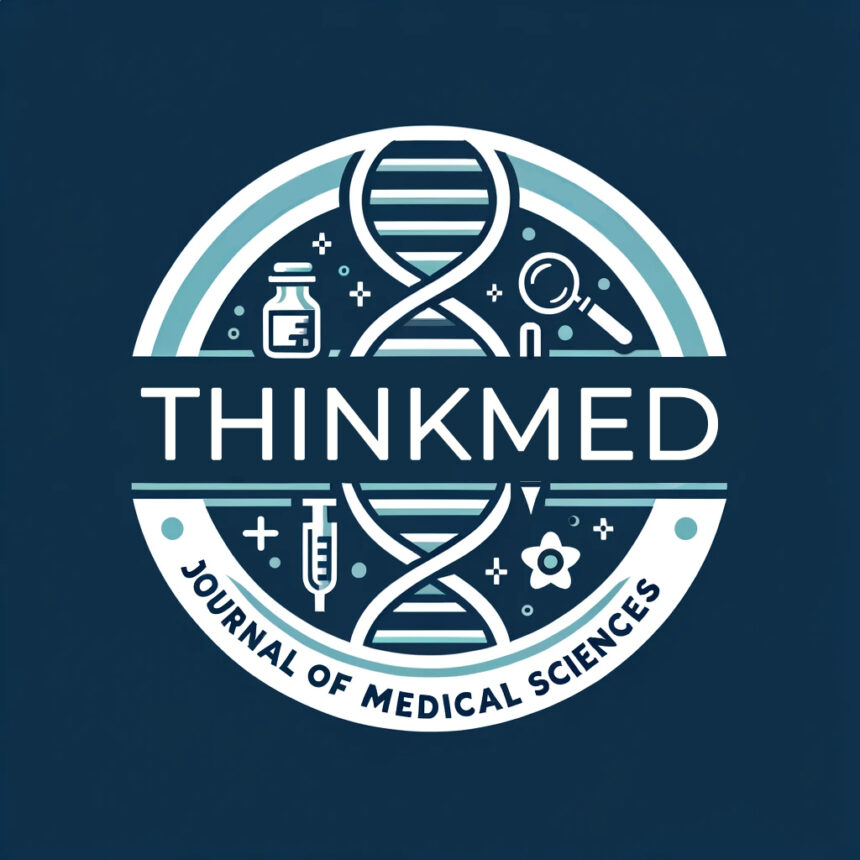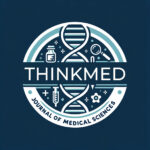
Dr. ALIYA KHAN
Oral cancer, a malignancy that arises in the oral cavity, poses a significant challenge in the field of medicine and dentistry. It encompasses a range of neoplastic lesions affecting the lips, tongue, buccal mucosa, floor of the mouth, palate, and gingiva, among others. Globally, it ranks as one of the top ten cancers in terms of incidence. The majority of oral cancers are squamous cell carcinomas, with multifactorial etiology involving a complex interplay of genetic, environmental, and behavioral factors. Early detection is paramount, as delayed diagnosis can lead to advanced disease, with dismal survival rates. This comprehensive discussion aims to provide MBBS doctors with an in-depth understanding of the epidemiology, risk factors, clinical presentation, diagnostic methods, staging, and management of oral cancer, equipping them with the knowledge and tools necessary to contribute effectively to its prevention, early detection, and treatment.
Epidemiology and Risk Factors
Oral cancer is a global health concern, with its prevalence varying widely across regions and populations. While it is more common in males, the incidence among females is rising, underscoring the importance of gender-neutral vigilance. The principal risk factors for oral cancer include tobacco use in various forms, alcohol consumption, betel quid chewing, human papillomavirus (HPV) infection, and, to a lesser extent, dietary factors. Smoking and alcohol act synergistically to elevate the risk substantially, emphasizing the need for comprehensive prevention strategies.
Clinical Presentation
The clinical presentation of oral cancer can be subtle in its early stages, leading to delayed diagnosis. Symptoms may include non-healing ulcers, persistent pain, dysphagia, difficulty in speech, altered sensation, and unexplained bleeding. Clinicians should conduct a meticulous examination of the oral cavity, including palpation of cervical lymph nodes, in patients presenting with these symptoms, as well as in those with predisposing risk factors. Early lesions may appear as white or red patches (leukoplakia or erythroplakia) and can be subtle, necessitating careful inspection.
Diagnostic Methods
Accurate diagnosis is critical, and a definitive diagnosis of oral cancer relies on histopathological evaluation through biopsy. Biopsies can be obtained through various techniques, including incisional, excisional, or fine-needle aspiration biopsy, depending on the clinical scenario. Biopsied tissues are subjected to microscopic examination, which provides valuable information on the tumor’s histological type, grade, and invasion depth. Additionally, imaging modalities such as computed tomography (CT), magnetic resonance imaging (MRI), and positron emission tomography (PET) are used for staging and evaluating the extent of disease involvement.
Staging
Staging is essential for treatment planning and prognosis. The American Joint Committee on Cancer (AJCC) TNM staging system is commonly used to classify oral cancer based on tumor size, nodal involvement, and the presence of distant metastasis. Staging informs decisions regarding surgical resection, radiotherapy, and chemotherapy, as well as the potential for organ preservation and rehabilitation. Accurate staging requires a combination of clinical and radiological assessments, and interdisciplinary collaboration among surgeons, radiologists, and pathologists.
Management
The management of oral cancer is a complex, multidisciplinary endeavor, involving surgical, radiation, and medical oncologists, as well as dental and rehabilitation specialists. The primary treatment modality for oral cancer is surgery, which aims for complete tumor resection with negative margins while preserving vital structures for optimal function and aesthetics. For advanced-stage tumors, particularly those involving critical structures, a combination of surgery, radiation therapy, and chemotherapy (chemoradiotherapy) may be employed. The choice of treatment strategy is individualized, considering the tumor stage, location, patient’s overall health, and the potential for functional and cosmetic rehabilitation.
Prevention and Early Detection
Prevention plays a pivotal role in reducing the burden of oral cancer. Public health efforts should focus on tobacco and alcohol cessation programs, HPV vaccination, and awareness campaigns targeting high-risk populations. Dentists and primary care providers play a crucial role in early detection through routine oral examinations and prompt referral for suspicious lesions. Patient education regarding risk factors and regular self-examination of the oral cavity can contribute significantly to early diagnosis.
In conclusion, oral cancer presents a multifaceted challenge in the realm of healthcare, necessitating a comprehensive approach from MBBS doctors. This article has provided an in-depth overview of the epidemiology, risk factors, clinical presentation, diagnostic methods, staging, and management of oral cancer. Early detection and prompt intervention are pivotal in improving patient outcomes, emphasizing the crucial role of medical professionals in preventing and addressing this devastating disease.



